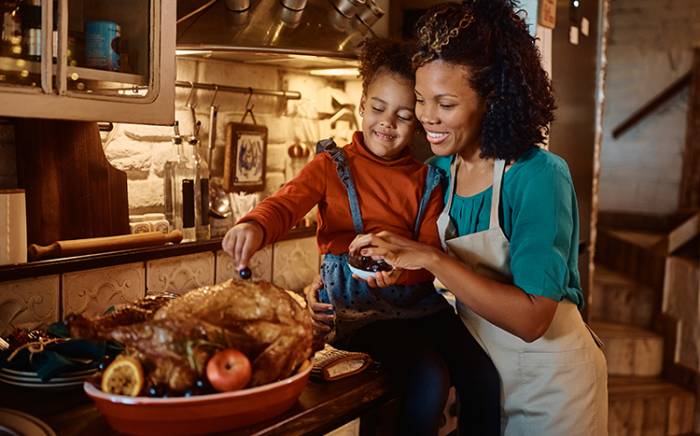As the use of e-cigarettes has risen dramatically in the United States in recent years, so have calls to poison centers about them. Yet many parents who use e-cigarettes—or “vape”— aren’t aware of the dangers to children, according to a new study at Washington University School of Medicine.
The devices are used like typical cigarettes but instead of tobacco, they vaporize a liquid mixture of nicotine, glycerin and glycol ethers. The liquid form is flavored, which appeals to children. If ingested, a teaspoon of this “e-liquid” can be lethal to a child, and smaller amounts can cause nausea and vomiting that require emergency care. Exposure to skin also can sicken children.
“These are largely avoidable risks, but because e-cigarettes are relatively new, many people—including pediatricians—aren’t aware of the dangers or the steps that should be taken to protect children from them,” says first author Jane Garbutt, MD, a professor of medicine and of pediatrics at the School of Medicine.
The research was published Aug. 25 in the journal, Academic Pediatrics.
For the study, 658 parents and guardians at 15 pediatric clinics in the St. Louis area completed surveys about their knowledge and use of e-cigarettes. Almost all parents knew about e-cigarettes: 1 in 5 had tried them, and 1 in 8 said a family member regularly smoked e-cigarettes. In two-thirds of the homes where children were exposed to e-cigarettes, they also were exposed to regular cigarettes.
The researchers found that 36 percent of the e-cigarette users neither locked up e-liquid bottles nor used childproof caps. Such caps, while required in Europe, are not mandated in the United States. E-liquid most commonly was stored in a drawer or cupboard (34 percent), a purse or bag (22 percent) or on an open counter (13 percent), the study showed.
“Three percent of the people in our study said a child of theirs had tried to drink the e-liquid,” Dr. Garbutt says. “The easiest way to lower risk is to store e-liquid out of the reach of children. Open counters and shelves, unlocked drawers, and purses and bags aren’t safe storage places.”
Last year, a toddler in New York died after ingesting liquid nicotine intended for use in an e-cigarette. The researchers were surprised that e-cigarettes were used in so many homes and were concerned about the safety risks to children from unsafe storage of e-liquid. Yet, few parents were aware of these risks.
In the study, only 15 percent of e-cigarette users reported that they had told their pediatricians they were using the devices. Six percent of users said the doctors had discussed with them the use and safe storage of e-cigarettes.
“We strongly encourage pediatricians to ask parents about nicotine use, including e-cigarettes, and to discuss the risks of exposure,” says Dr. Garbutt. “Ingestion is bad, of course, but even skin exposure to e-liquid can harm children.”
Funding for this research comes from the Washington University Institute of Clinical and Translational Sciences, grant UL1 TR000448 from the National Center for Advancing Translational Sciences (NCATS) of the National Institutes of Health (NIH), with co-funding from St. Louis Children’s Hospital Garbutt JM, Miller W, Dodd S, Bobenhouse N, Sterkel R, Strunk RC. Parental use of electronic cigarettes. Academic Pediatrics, published online Aug. 25, 2015.









